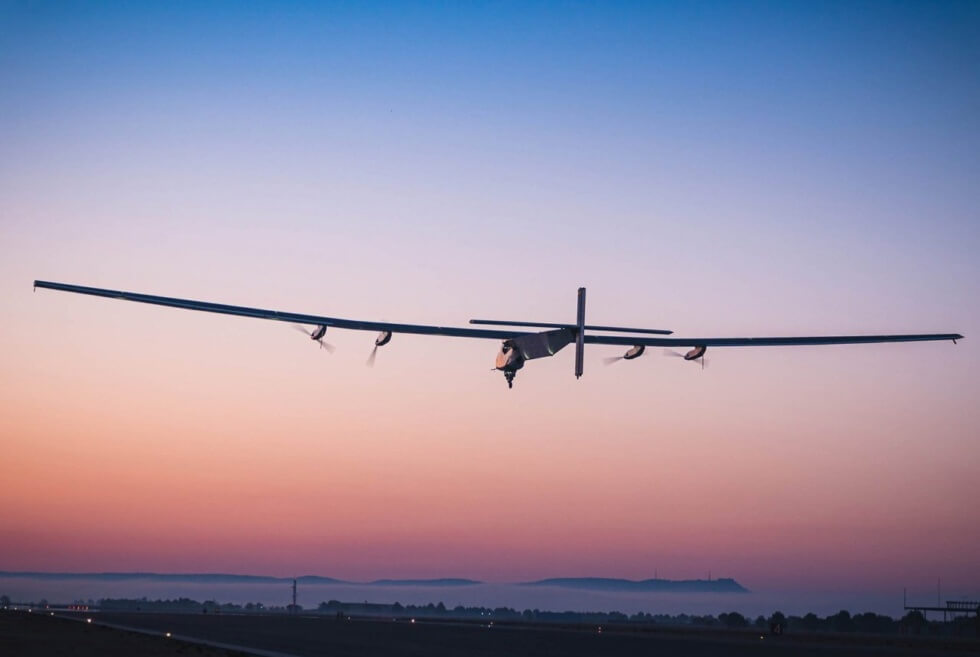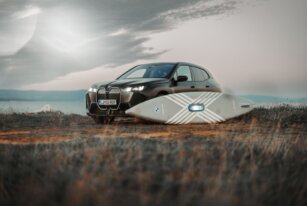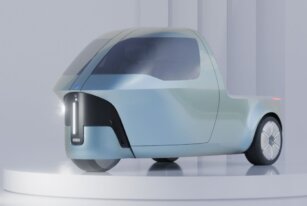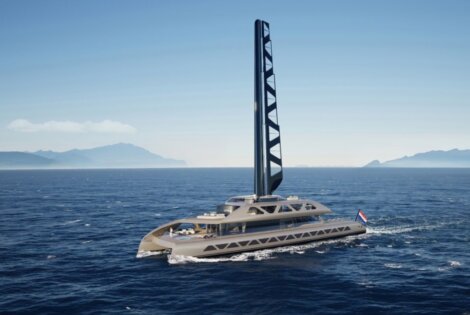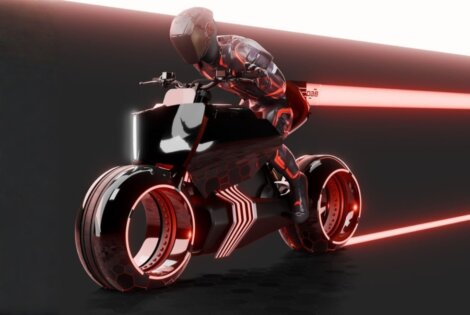As much as we want it to be true, unlimited power is impossible, according to our current understanding of Physics. This is based on the law of thermodynamics — particularly the conservation of energy. Nonetheless, the brilliant minds at Skydweller Aero present a groundbreaking aviation platform that can potentially come close.
You’re looking at an aircraft supposedly capable of staying airborne for months at a time. The aptly named Skydweller is reportedly the “world’s largest” of its kind and is fully autonomous. Design-wise, the Solar Impulse 2 prototype test unit bears a resemblance to one of those flying hobby kits.
These toys utilize lightweight wood (balsa) and rely on a propeller attached to a rubber band for propulsion. Eventually, renders show the commercial versions will sport a sleeker form factor. Given the massive scale of this drone, the company constructs it out of carbon fiber.
With a staggering wingspan of approximately 236 feet, it even exceeds that of a Boeing 747. It’s not clear what material covers the airframe, but the press materials place its overall weight at around 400 tons. Moreover, the total payload capacity is close to 900 lbs.
Photovoltaic panels cover the top surfaces of the wings, horizontal stabilizers, and fuselage. It supplies power to four electric propulsion units. The estimated service ceiling is 45,000 feet. As it stands right now, the Skydweller can sustain flight times anywhere between 30 to 90 days.
“Our customers are planning to deploy Skydwellers for long-duration missions like detecting drug smugglers and pirates at sea, providing continuous aerial coverage above war zones, surveilling naval activity in contested waters without risking flight crew’s lives, and tracking wildlife migration and poaching in Africa,” writes Skydweller Aero.
Learn More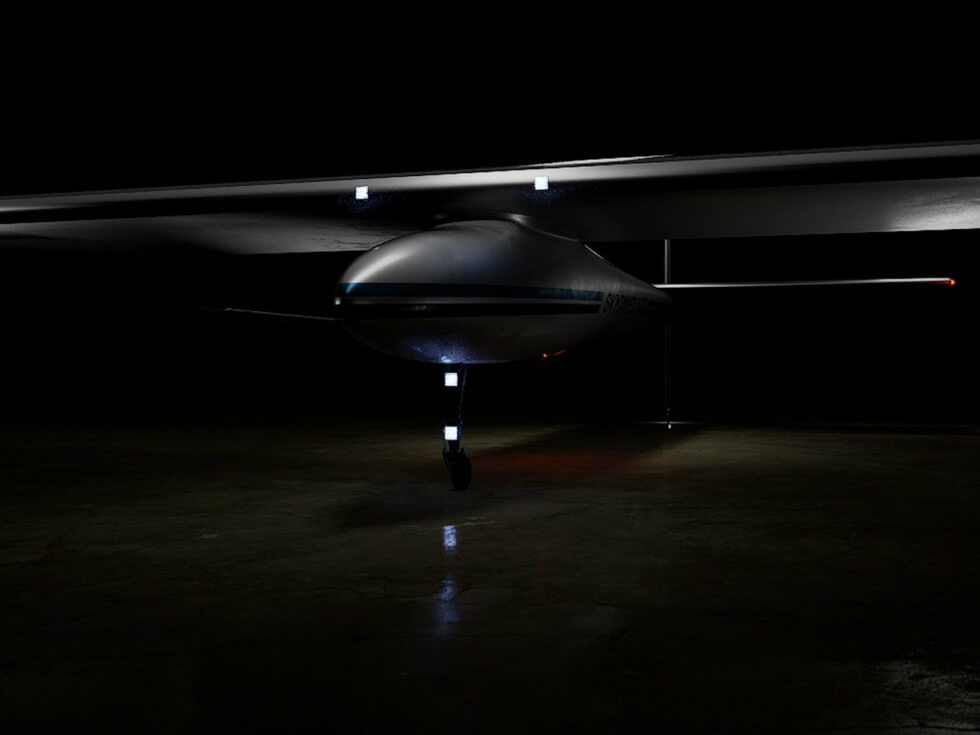
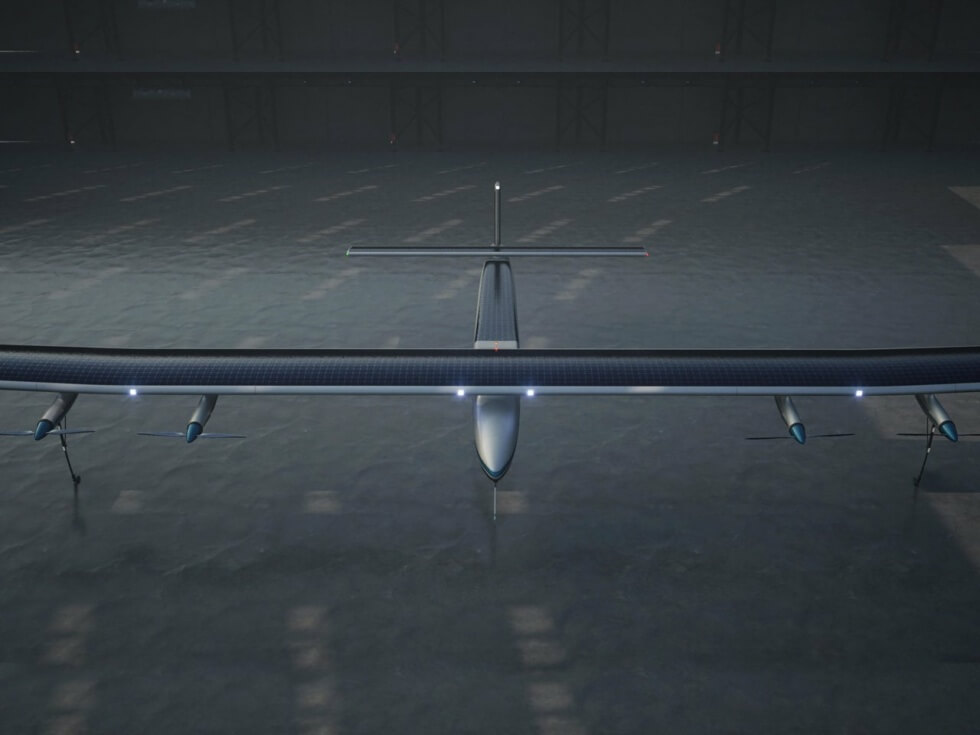
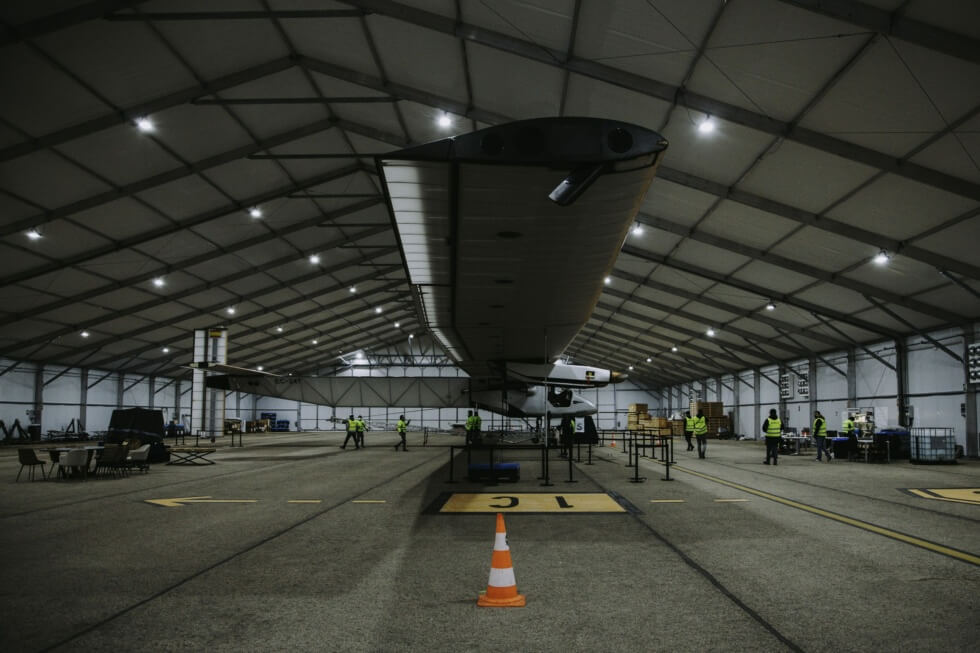
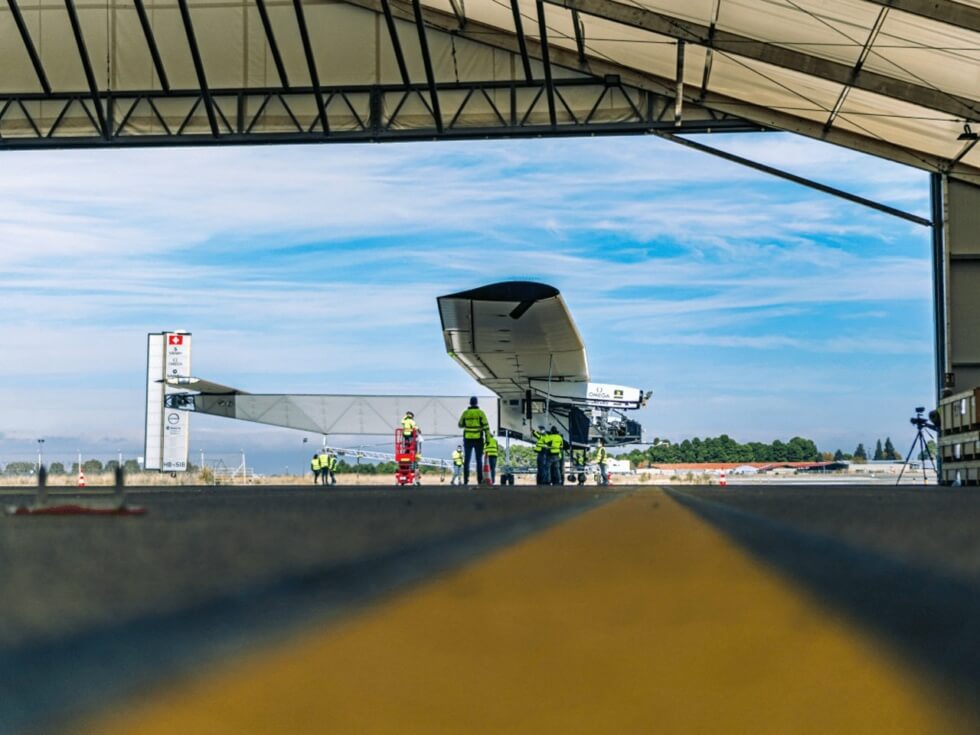
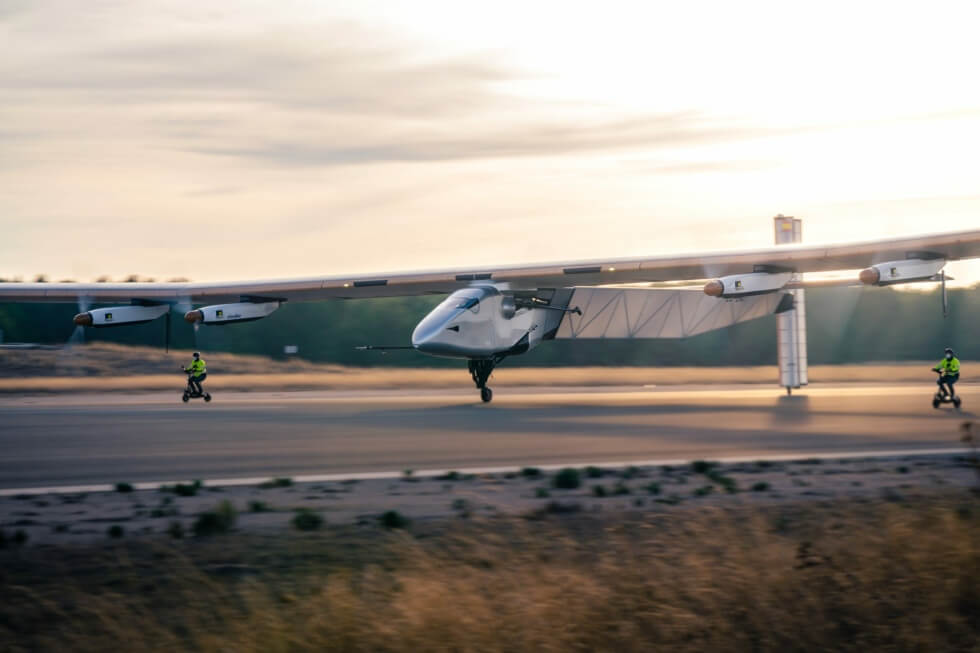
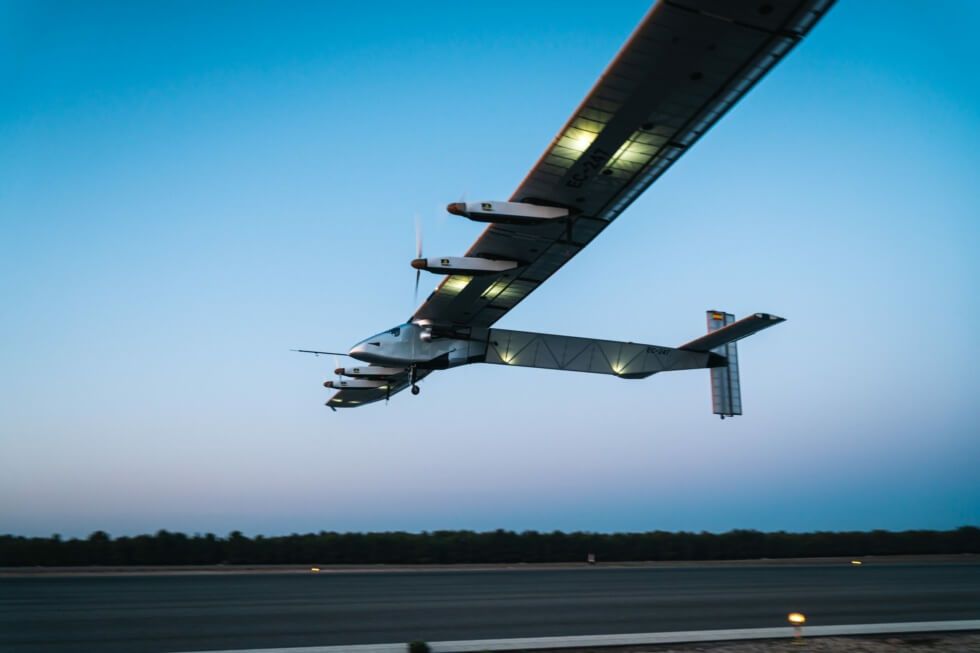
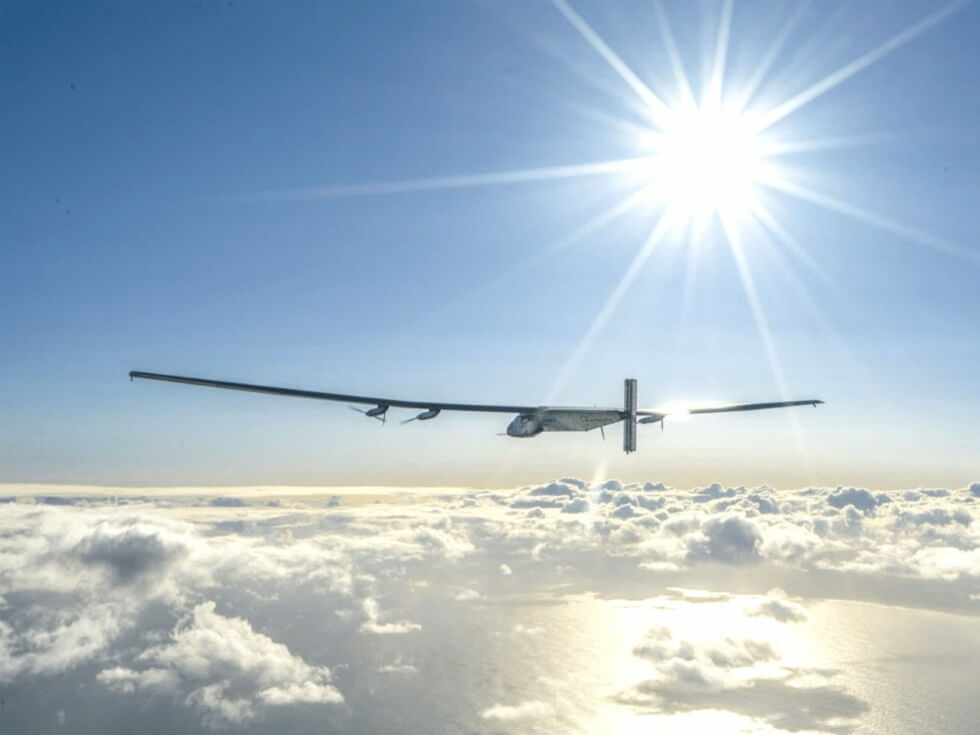
Images courtesy of Skydweller Aero

